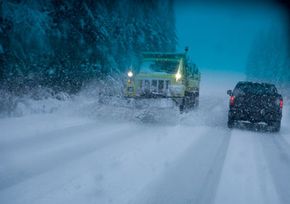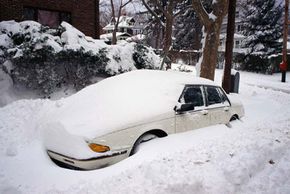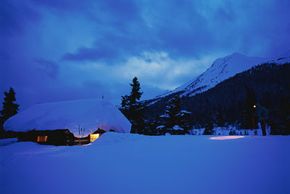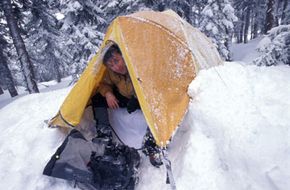There's no truer statement than the old adage "you can't control the weather." You can't even predict it with complete certainty. As advanced as our meteorological forecasting techniques are these days, weather systems are changeable forces of nature. They can come on quickly, switch direction without notice and build in intensity in a short period of time. Whether you're at home, on foot, in your car or at work, a winter snowstorm can catch you off guard.
The National Snow and Ice Data Center defines a blizzard as a "violent winter storm, lasting at least 3 hours, which combines below freezing temperatures and very strong wind laden with blowing snow that reduces visibility to less than 1 km."
Advertisement
If a blizzard is bad enough, snow plows and salt trucks won't even brave the elements. Roads become desolate ice paths, businesses shut down, schools close and grocery stores get picked clean. If your home loses power and you have no backup heating system in place, your very life becomes at risk. In this article, we'll give you 10 tips on how to survive a snowstorm.










